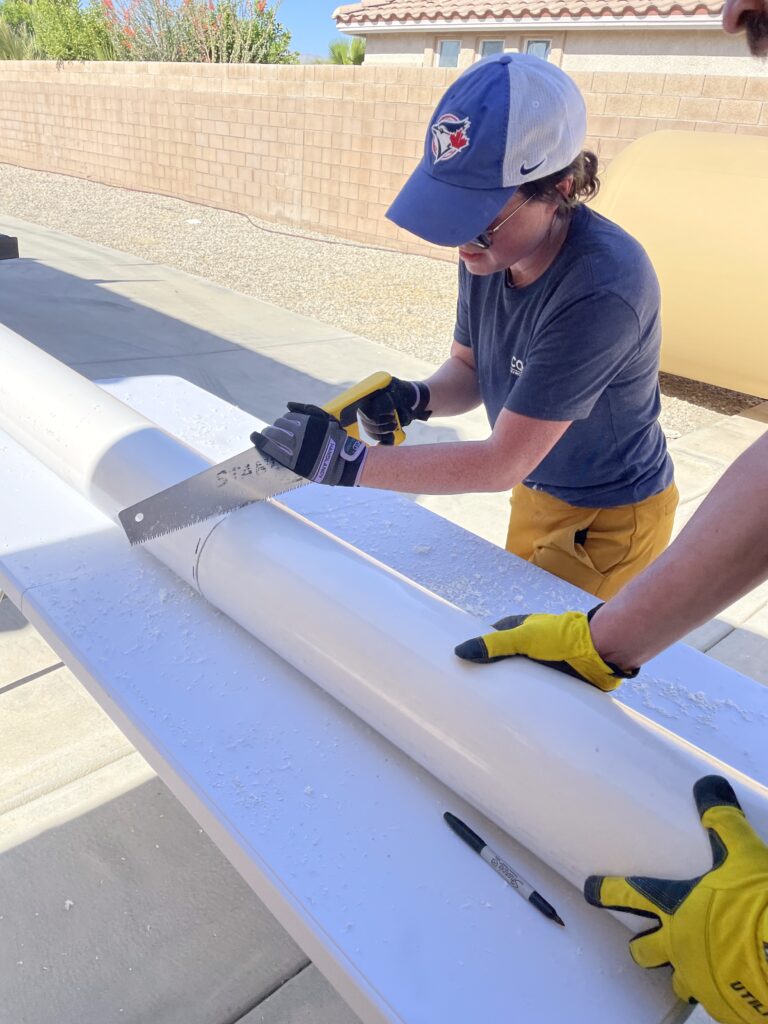Background of Hexavalent Chromium and California’s MCL
Cr(VI) is a common, naturally occurring groundwater contaminant, although sometimes it can originate from industrial pollution. It is referred to by many names, including chrome-6, chromium (hexavalent), hex chrome, and Cr(VI). In addition to the hexavalent form, chromium also exists in the trivalent state, or chromium-3 [Cr(III)]. This trivalent state is less toxic and exists naturally in the human body. In fact, Cr(III) may be purchased as a health supplement at many grocery stores. Internationally, drinking water limits for total chromium range from 50 to 100 μg/L. These values are based on how toxic total chromium is to animals’ intestines, since there is little data on chromium’s toxicity when ingested by humans (Moffat et al., 2018).
Total chromium was first regulated in the state of California in 1977 with an MCL of 50 µg/L, with the United States Environmental Protection Agency (USEPA) later enacting an MCL of 100 µg/L in 1999. The California Department of Public Health, now the Division of Drinking Water (DDW), implemented a Cr(VI) MCL of 10 µg/L in 2014; however, the MCL was invalidated by the Superior Court of Sacramento County in 2017. DDW released the administrative draft Cr(VI) MCL package in June 2023 that addressed the Court’s concerns and the MCL was finalized in April 2024.
The finalized MCL came into effect on October 1, 2024. Quarterly sampling began in the first quarter of 2025, with results first being published in the 2025 Consumer Confidence Report to be issued before July 2026.

Corona’s team on site leading the way in Cr(VI) pilot set up.
